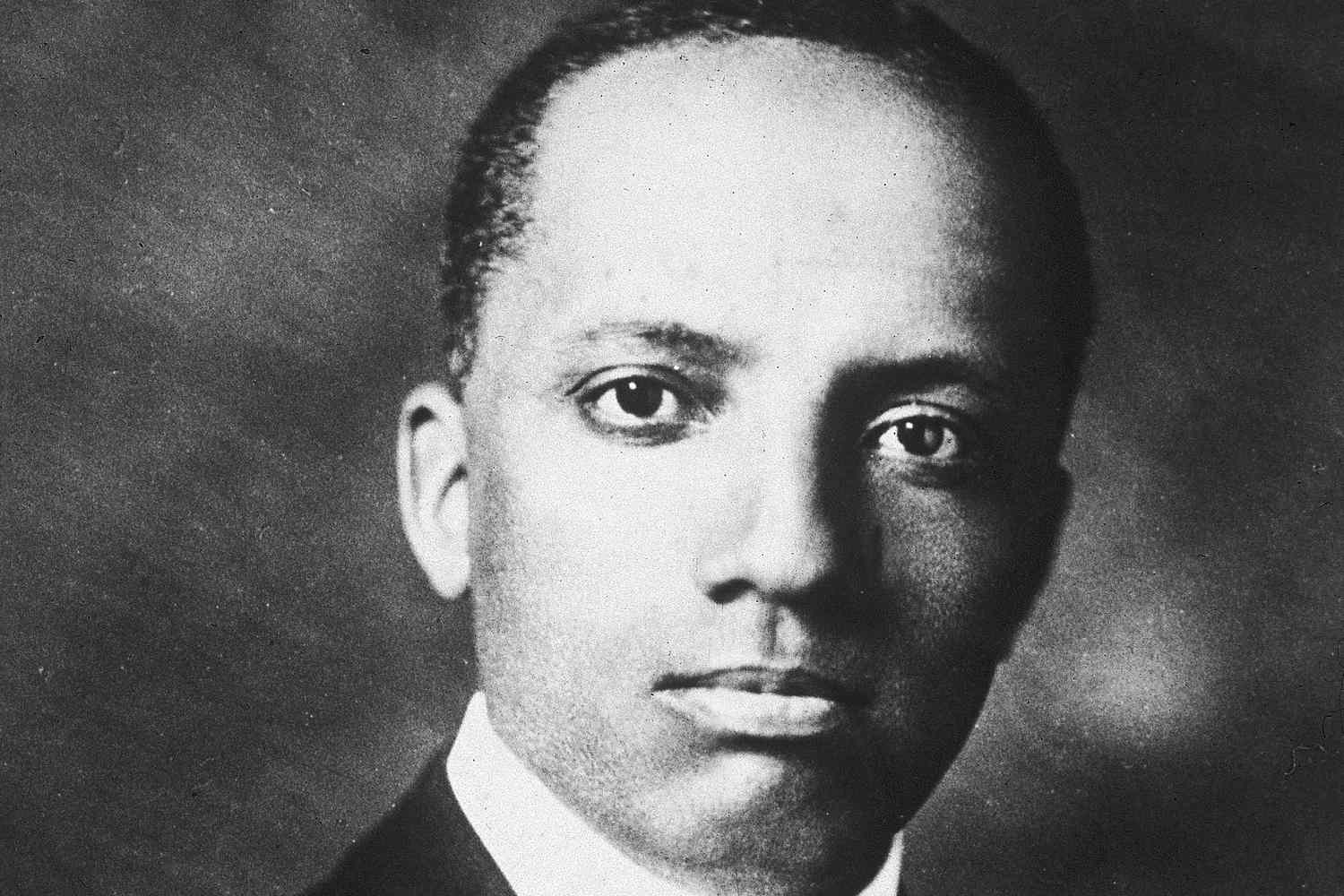Each February, communities from throughout the United States come together to celebrate Black History Month. This month-long celebration offers the opportunity to dive into the rich history, culture, and tradition of the Black community in the US and beyond. As we get ready to dive into the coming month, it is important to not just understand why we celebrate Black History Month, but how these celebrations came to be in the first place.
How did the plans for the first Black History Month come to fruition? The first plans for what would later become Black History Month were officially laid in the summer of 1915, when Carter G. Woodson traveled to Chicago for a celebration of America’s 50th year of emancipation. Thousands of individuals from throughout the nation embarked on this journey to Illinois to witness an expansive display highlighting the progress of the African American community since the emancipation of slavery in the US. Inspired by this celebration of progress, Woodson convened with A. L. Jackson and three other associates to form what would ultimately become the Association for the Study of African American Life and History (ASALH), who to this day are the minds behind Black History Month’s theme each year.
After ASALH was formed, the organization set out to create a publication highlighting the accomplishments and discoveries of African American researchers and other prominent intellectuals. In his efforts to help get outside organizations involved in these efforts, Woodson approached his brothers in the fraternal organization, Omega Psi Phi, and encouraged them to come alongside him in this work. As a result of this collaborative effort, in 1924, Omega Psi Phi rolled out the very first “Negro History and Literature Week”, which was later dubbed “Negro Achievement Week”. The first event was a smashing success, and as efforts for this week-long celebration continued to grow each year, ASALH assumed responsibility for these efforts.
When ASALH took on the efforts of this week-long celebration, it was done with the intention of growing the impact to even greater heights. Inspired by the momentum of this outreach, Woodson remarked “We are going back to that beautiful history and it is going to inspire us to greater achievements.” Carter G. Woodson decided on February for its historical and cultural significance to the African American community. Regarding Black history, February is most notable as it is home to the birthday of Abraham Lincoln (Feb. 12th), as well as Frederick Douglass (Feb. 14th). As these two prominent figures had a massive impact on America’s Black community, it was already common tradition to celebrate these individuals on their birthdays. In selecting February, Woodson set up this celebration for success while simultaneously honoring traditions which held significance in the Black community.
Despite adversity faced at every turn, Woodson set forth on his efforts to grow and expand these celebrations. While Woodson had two great figures of history to utilize as a spearhead off of which to build this movement, Woodson ultimately sought to emphasize the power of the people and their role in progress. Mr. Woodson made it a priority to emphasize that the progress made by the Black community did not exist in the vacuum of a few powerful men, but rather, as the results of thousands of men and women whose efforts contributed meaningfully to the progress of our society.
After their initial efforts, Carter G. Woodson would spend the coming decades advocating for Black history to be studied in schools, universities, and throughout the broader community. Although the battle for recognition was certainly not without obstacles, throughout the 20th century, schools and other educational institutions did begin offering Black history as a supplement to the history curriculum. The establishment of Black History Month as a month-long celebration came to be in the 1960s, when the Civil Rights Movement reached new heights. By the end of the 1960s, more and more colleges throughout the United States embraced the implementation of Black History Month on their campuses. And by the 1970s, every president regardless of party has endorsed ASALH’s annual Black History Month theme.
As we prepare to celebrate Black History Month once again, we owe a great deal of debt to Carter G. Woodson, the Association for the Study of African American Life and History, and to those thousands of Black Americans who have contributed to the progress and achievements of this dynamic community. From here in Trenton to communities all throughout the nation, here’s to this Black History Month being the most impactful yet.





